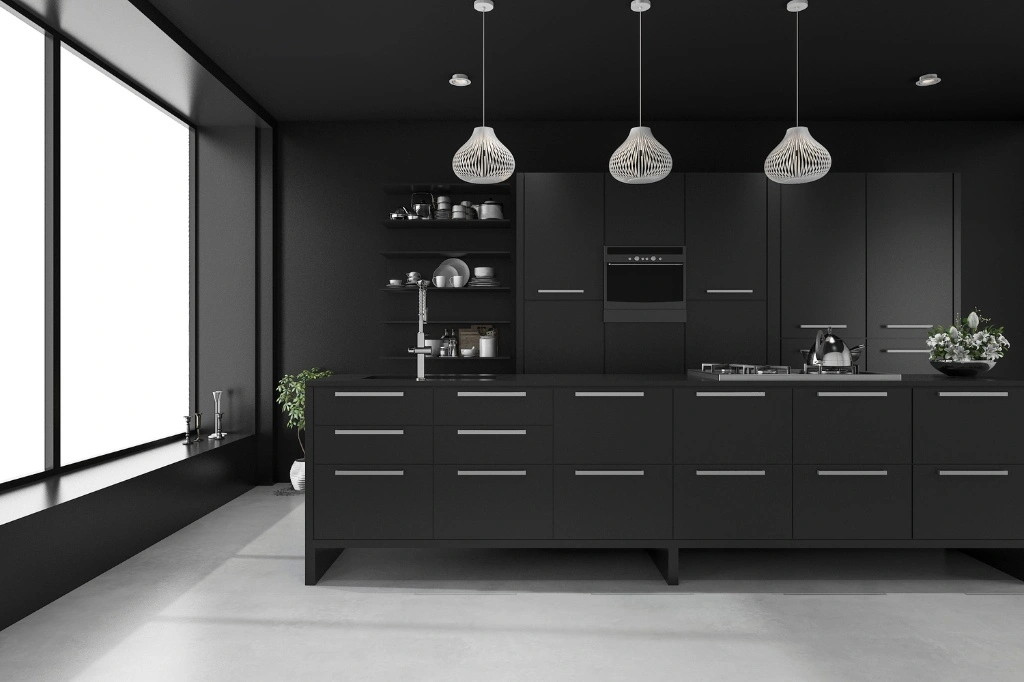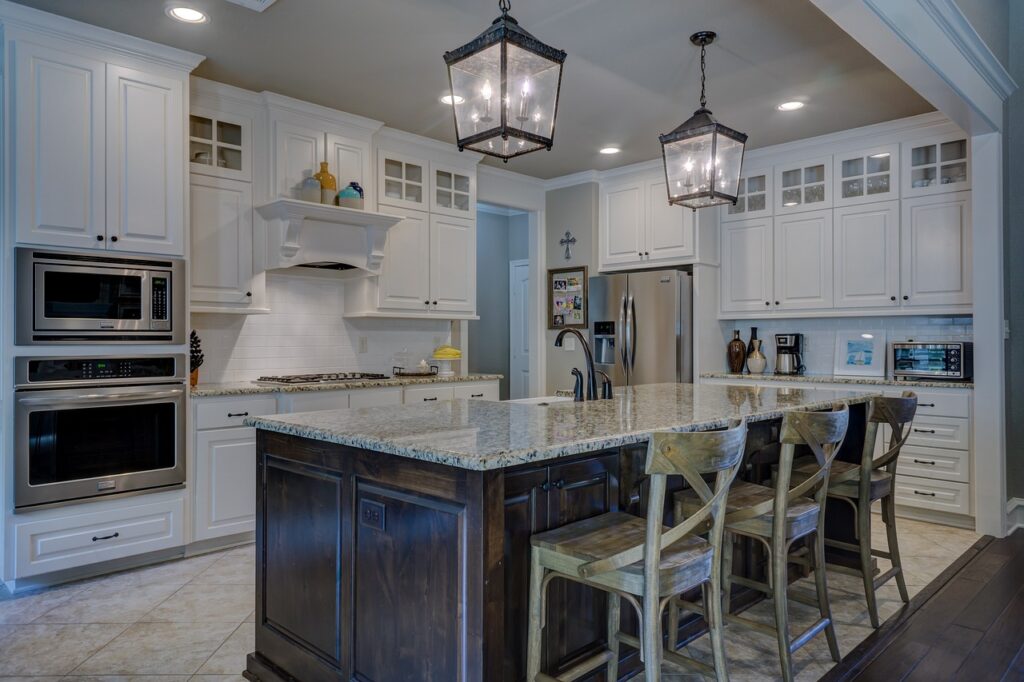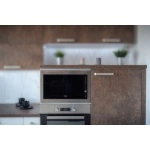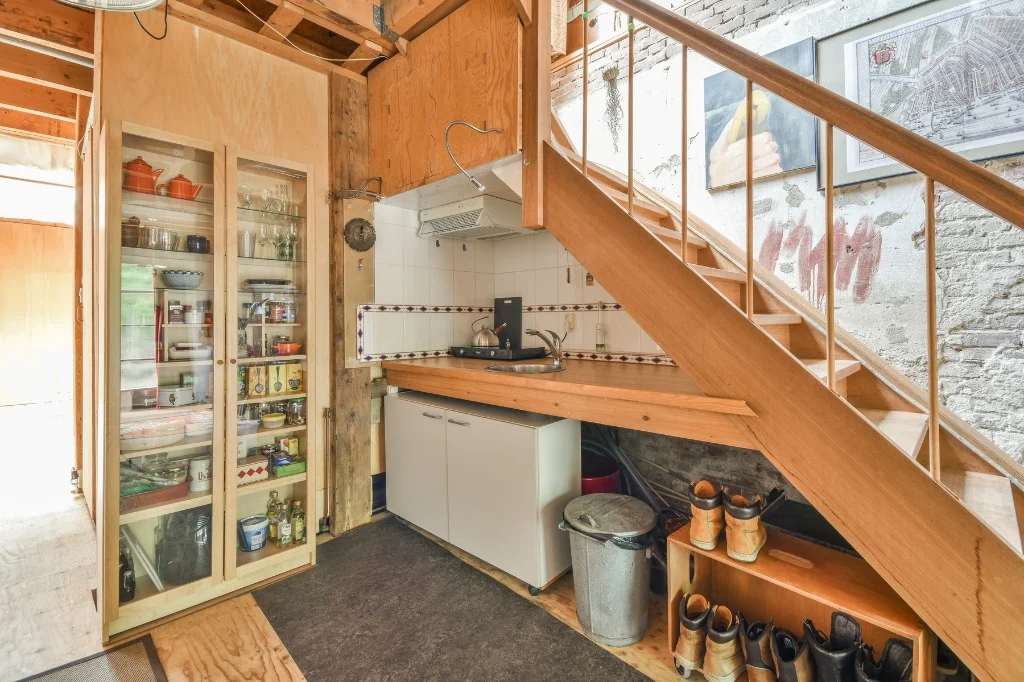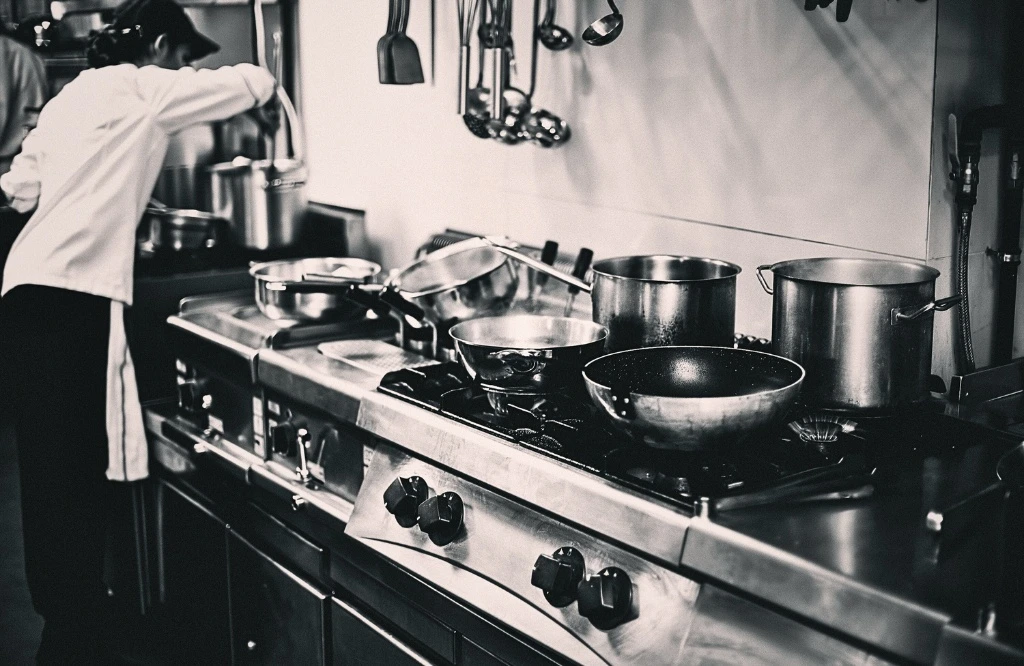
Whether you’re creating expert dishes as a professional chef or overseeing day-by-day operations in a hectic eating place, working in a kitchen can be a completely profitable revel in.
However, it is not without its health demanding situations. The excessive environment, lengthy hours, and bodily needs can have an extensive impact on your well-being. In this complete guide, we delve into whether working in a kitchen is bad for your fitness and offer sensible recommendations on the way to mitigate those dangers to maintain both physical and intellectual health.
Table of Contents
1. Understanding the Health Risks of Working in a Kitchen
1.1. Physical Strain and Injuries
The bodily demands of kitchen design are significant. Here are some not-unusual problems:
- Back Pain and Postural Problems: Constant status and wrong ergonomics can lead to persistent returned pain. Working on tough surfaces for prolonged intervals without proper help exacerbates this difficulty.
- Repetitive strain accidents: Activities such as lifting, stirring, and slicing can lead to repetitive stress injuries. Because in their repetitive nature, kitchen people regularly be afflicted by conditions like tendinitis, bursitis, and carpal tunnel syndrome.
- Foot Problems: Standing for lengthy intervals can cause foot problems along with plantar fasciitis, blisters, and preferred foot fatigue. Non-slip, supportive footwear can mitigate these problems.
1.2. Exposure to Heat and Burns
The kitchen environment is inherently hot, which poses numerous dangers:
- Burns: Contact with hot surfaces, open flames, or boiling liquids can result in burns. These injuries can vary from minor to intense, affecting everyday features and standard consolation.
- Heat Stress: Extended exposure to high temperatures, specifically in kitchens with insufficient ventilation, can motivate heat exhaustion or stroke. The symptoms consist of elevated sweating, nausea, and dizziness.

1.3. Falling, tripping, and slipping
There is a substantial danger of journeys, falls, and slips in a kitchen due to the fact:
- Slippery Levels: Water, oil, and spills on the floor make things slick and raise the risk of falls. Sprains, fractures, and other serious injuries can result from falls.
- Disarray and Barriers: Tripod flooring, disorganized paths, and misplaced electronics can also make contributions to experience hazards.
1.4. Respiratory Issues
Kitchens can negatively affect respiration fitness.
- Smoke and Fumes: Cooking procedures generate smoke and fumes that could worsen the respiratory tract. This is mainly regarding in poorly ventilated areas where air first-rate deteriorates.
- Dust and hypersensitive reactions: Additives inclusive of flour and spices can produce dirt inside the air that can irritate respiration conditions, in particular in folks that are allergic to positive elements or have allergic reactions.
2. Techniques for Reducing Health Hazards within the Kitchen
2.1. Ergonomic Solutions
To deal with bodily stress and harm risks:
- Proper Footwear: Invest in ergonomically designed, non-slip footwear that provides ok cushioning and aid. This enables alleviates foot and again aches.
- Regular Stretching and Breaks: Incorporate stretching physical games and scheduled breaks into your habits to save you from repetitive strain accidents and improve your stream.
- Adjustable Workstations: Use workstations that can be adjusted to different heights to assist prevent muscle and joint injuries.
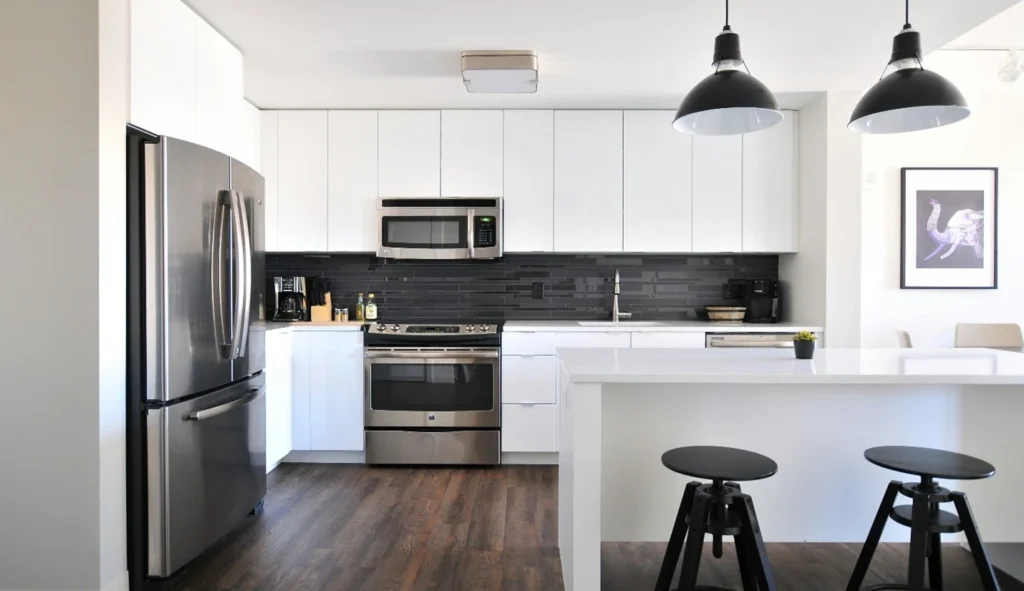
2.2. Heat Management
To save you heat-related problems:
- Protective Gear: Utilize heat-resistant gloves, aprons, and different defensive apparel to lessen the threat of burns and scalds.
- Ventilation Systems: Install and hold effective air flow systems, along with a variety of hoods and exhaust fans, to manage warmth and dispose of smoke and fumes.
- Hydration and Cooling: Drink plenty of water throughout your shift to stay hydrated and adjust your frame temperature. Use fans or air con to assist calm down the workspace.
2.3. Avoiding Trips, Falls, and Slips
To avoid injuries:
- Immediate Clean-Up: Promptly smooth up spills and leaks to save you slip risks. Use suitable cleaning products and techniques to make certain the ground is safe.
- Non Slip Mats: Place non-slip mats in excessive traffic and wet areas to decorate traction and prevent slipping.
Conclusion
So, is working in the kitchen bad for your fitness? While there are numerous health risks related to working in a kitchen, many of those may be managed with proper precautions and proactive measures. By informing the capacity risks and implementing powerful strategies, kitchen employees can notably reduce the poor effects on their health.


